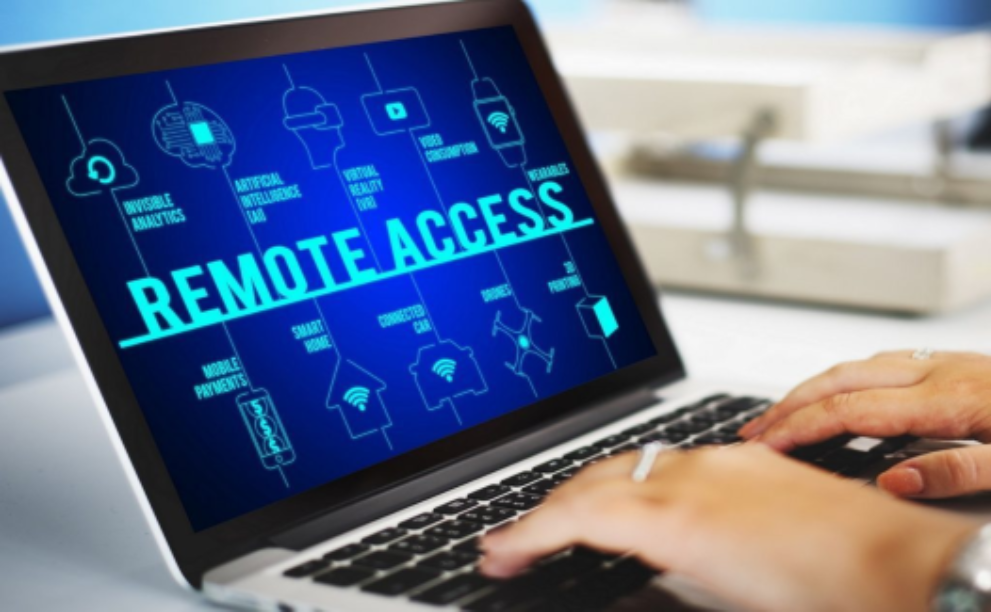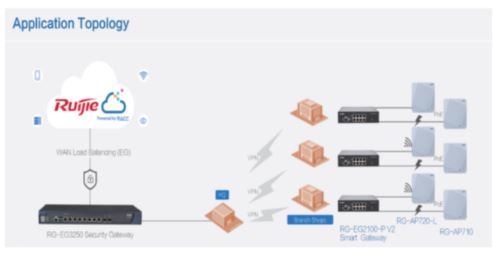Secured Remote Workforce for just S$2/day**
Unified Security Gateway with VPN Firewall for SME

EasyGate (EG) Next-generation Unified Security Gateway is a multi-functional Cloud Managed Security Gateway product for various industries. Equipped with high- performance multi-core MIPS hardware architecture, the EG Gateway supports a wide range of features such as high-performance NAT, WAN load balancing, smart flow control, online behavior management, visualized IPsec VPN1, web authentication, etc .
EG Next-generation Unified Security Gateway is also supported by Central Cloud Management, altogether with switches and wireless access points, Cloud Management can provide a comprehensive secure networking platform for centralized management allowing for device monitoring, configuration as well as firmware management via web or mobile app.

Highlights
- Smart Flow Control & AAA Integration
- User Online Behavior Management
- VPN & Traffic Visualization
- Wireless Controller Functions
- FREE Cloud Management
- App Caching for Download Acceleration
- Built-in Power-Over-Ethernet
- Integration Mobile App Dummy Provisioning


Call us at:
+65-69500600 (SG) / +603-79800943 (MY)
WhatsApp: +65-92771818 (SG) / +6012-6478868 (MY)
** Per user/day costing with min 5 users & other conditions applied















